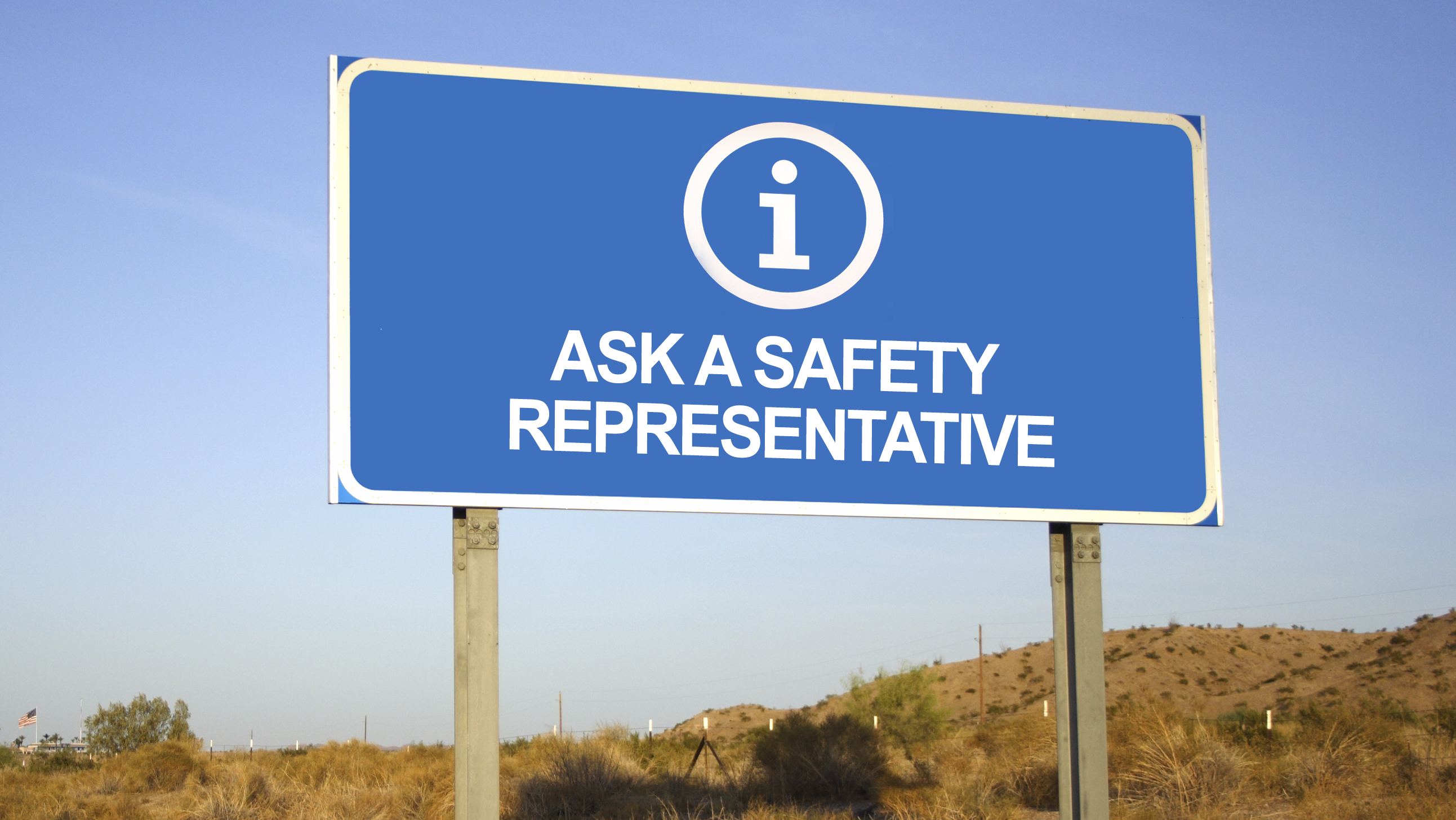Generational Leadership for a Diverse Workforce

Motor carriers are not strangers to the challenges of leading a multi-generational workforce. Each group of workers have its own unique set of characteristics and values, which are reflected in the group’s likes, dislikes, and attitude towards work.
Because of each group’s uniqueness, a one-size-fits-all leadership style may not produce the best results. Leaders must be dynamic in their approaches and apply the appropriate leadership style to the person in front of them. A key to success is engaging all employees and building individual relationships to better understand what motivates each employee to perform at his or her best. This approach will not only help improve communication and operational effectiveness but also help you grow as a leader. Below is some brief insight into each generation and some leadership tips to consider.
BABY BOOMERS (1944-1964)
Baby boomers tend to be goal-oriented and loyal workaholics. However, one misconception about Baby Boomers is their perceived lack of tech savvy. Baby Boomers have adapted to technology to stay in touch with family members and reconnect with old friends. Try using social media as a means to communicate regularly with Boomers and keep them engaged.
GENERATION X (1965-1979)
Generation Xers are the first technology-era generation. They are willing to put in long hours to get the job done but value work-life balance. Family and friends matter to Gen Xers, who saw a decline in civic community. To combat this loss of community, “Workplaces that are able to create a true sense of community become the preferred work environments for this generation, and teamwork is a favored way of creating momentary communities,” according to Jay A. Conger, professor of organizational behavior at the London Business School.
GENERATION Y/MILLENNIALS (1980-1994)
Millennials are achievement-oriented and may be more willing to take risks. One misconception is that they do not like to work. Au contraire—Millennials want to be challenged, and if they cannot find a challenge with one job, they will not hesitate to look elsewhere. Their loyalty tends to be to their profession and less to an employer. They are also family-oriented and desire a flexible work schedule. Look for ways to keep Millennials challenged with special projects, such as serving on the safety committee, and provide opportunities for advancement.
GENERATION Z (1995-PRESENT)
Generation Zers are those tech-savvy young adults who could use a smartphone before they learned to tie their shoes. This group makes up the young workers the trucking industry is trying to entice. To do so, understand that Gen Zers respond well to coaching and mentoring. Remember, they are used to communicating with emojis and short texts, so be patient and help them develop interpersonal skills by making them feel accepted and valued.
CALL TO ACTION
-
Identify three ways you can better lead the different generations represented in your workforce.
-
Engage workers on a regular basis to build relationships (ex. walking the lot, safety meetings, etc.).
-
Discuss generational leadership styles at your next management meeting.
-
Survey employees and ask how the company can improve.
Note: These lists are not intended to be all-inclusive.
The information in this article is provided as a courtesy of Great West Casualty Company and is part of the Value-Driven® Company program. Value-Driven Company was created to help educate and inform insureds so they can make better decisions, build a culture that values safety, and manage risk more effectively. To see what additional resources Great West Casualty Company can provide for its insureds, please contact your safety representative, or click below to find an agent.
© Great West Casualty Company 2020. The material in this publication is the property of Great West Casualty Company unless otherwise noted and may not be reproduced without its written consent by any person other than a current insured of Great West Casualty Company for business purposes. Insured should attribute use as follows: “© Great West Casualty Company 2020. Used with permission by Great West Casualty Company.”
This material is intended to be a broad overview of the subject matter and is provided for informational purposes only. Great West Casualty Company does not provide legal advice to its insureds, nor does it advise insureds on employment-related issues. Therefore, the subject matter is not intended to serve as legal or employment advice for any issue(s) that may arise in the operations of its insureds. Legal advice should always be sought from the insured’s legal counsel. Great West Casualty Company shall have neither liability nor responsibility to any person or entity with respect to any loss, action, or inaction alleged to be caused directly or indirectly as a result of the information contained herein.




